Located in Hien Nam ward, Hung Yen city, Chuong pagoda is a unique architectural and artistic relic - "The first famous landscape" in the complex of Pho Hien National Special Relic Site - a famous spiritual destination of Hung Yen land. During the 2025 United Nations Vesak Festival held in Vietnam, Chuong pagoda was honored to be chosen as the place to enshrine Buddha's relics from May 28 to 29, 2025.
According to Venerable Thich Thanh Khue, abbot of Chuong Pagoda, the pagoda was built in the 15th century during the Later Le Dynasty, but legend has it that: “Chuong Pagoda is one of the earliest pagodas in Vietnam with hundreds of years of history. The name Kim Chung Tu, meaning Golden Bell Pagoda, originates from a very sacred legend that during a great flood, a golden bell drifted to Nhan Duc village. Many places wanted to pick it up but no one could. When they arrived, the monks and nuns in charge of the small pagoda in the village, together with the elders and villagers, performed a ceremony and successfully picked up the bell. The sound of the bell shook the heavens and earth, and was considered a treasure given by heaven, so the pagoda was named Kim Chung Tu.”
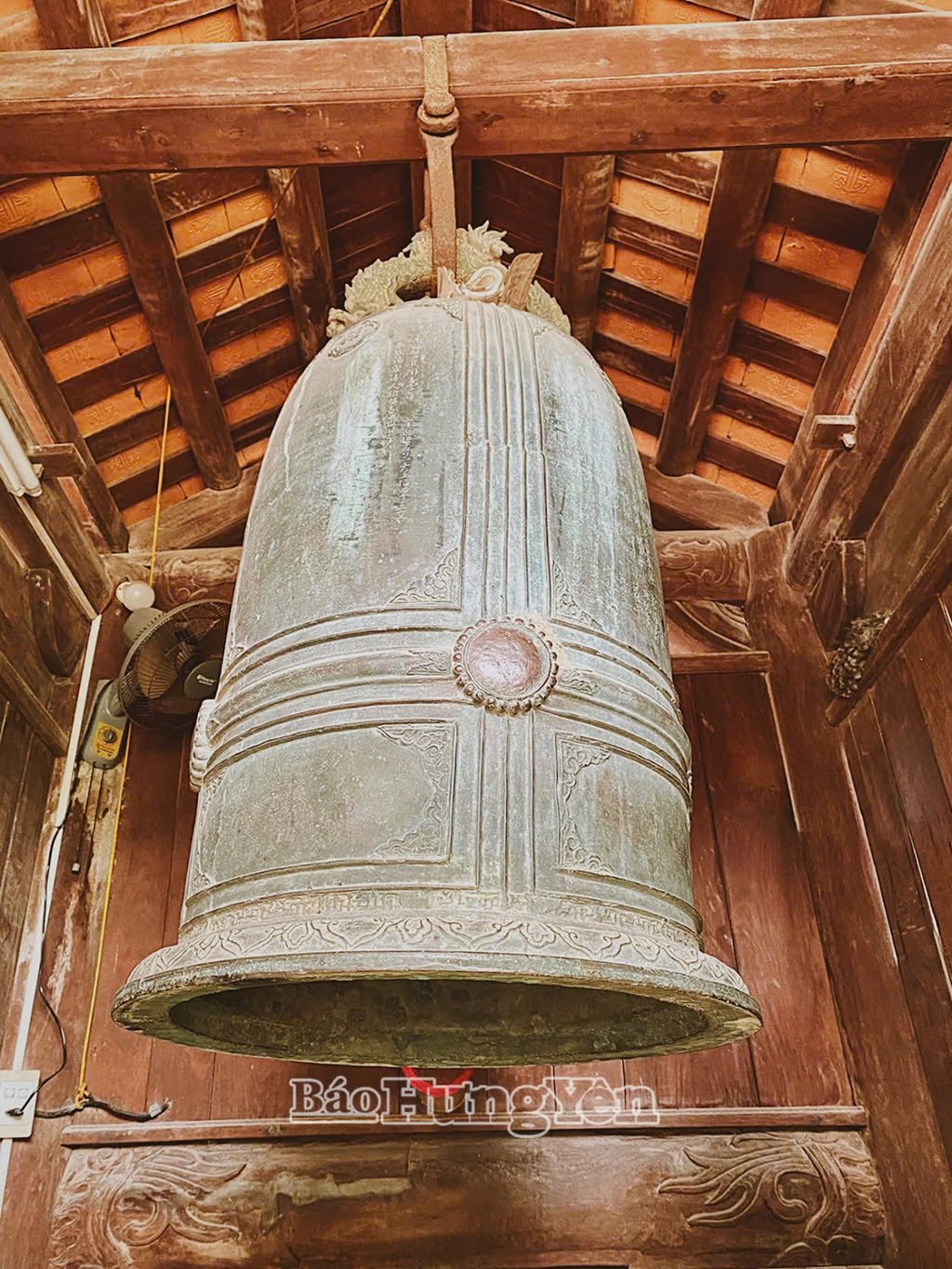
Through historical events and the erosion of time, the Chuong Pagoda has been restored and embellished many times. The ancient architecture has been lost, but the current architecture of the Chuong Pagoda compared to pagodas built or restored at the same time has many differences.
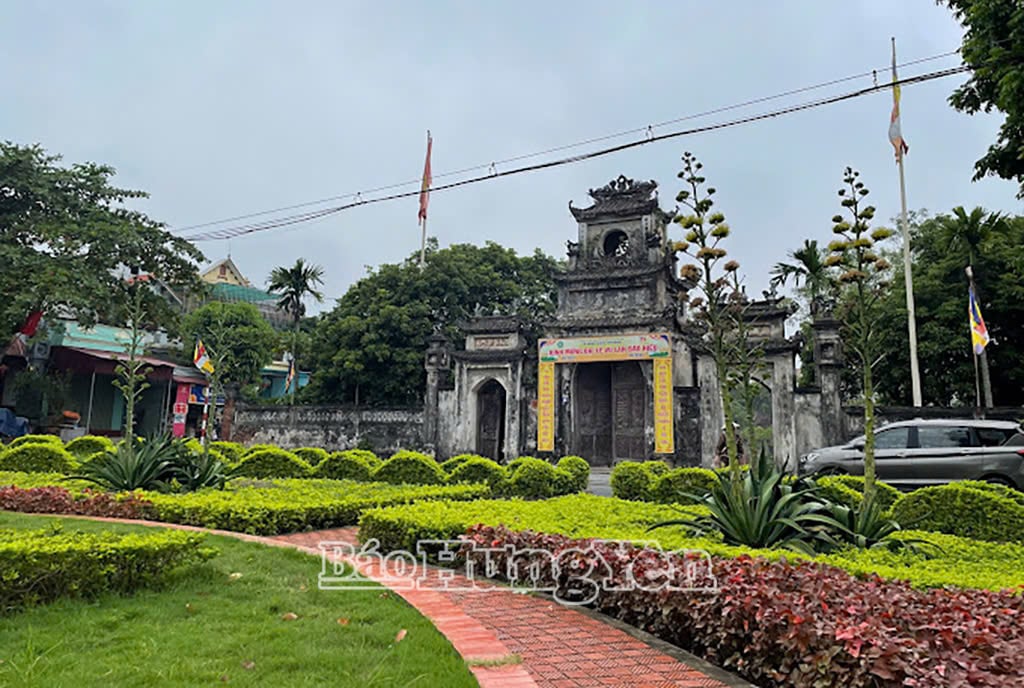
Normally, pagodas are built in traditional architectural styles such as Tam, Dinh, Cong or Noi Cong Ngoai Quoc. It can be said that the above architectural styles are common models for communal house and pagoda architecture since ancient times. But with only a small similarity, Kim Chung Pagoda has created its own unique appearance, a strange and intelligent feature. Knowing how to absorb and then transform, Chuong Pagoda has broken the traditional architectural pattern when it was built in the style of "Noi Cong Ngoai Quoc Lien Hoan", with "Tu Thuy Quy Duong" including many construction items bearing the architectural and artistic imprints of the Later Le period interwoven with the Nguyen period such as: Tam Quan, Tien House, Tien Duong, Thuong Dien, two corridors, the temple of King Than Nong, To House and Mau House. The architectural items are arranged symmetrically and harmoniously on the axis of symmetry from Tam Quan to Mau House. That is what has created the magnificence and unique architectural features of the pagoda.
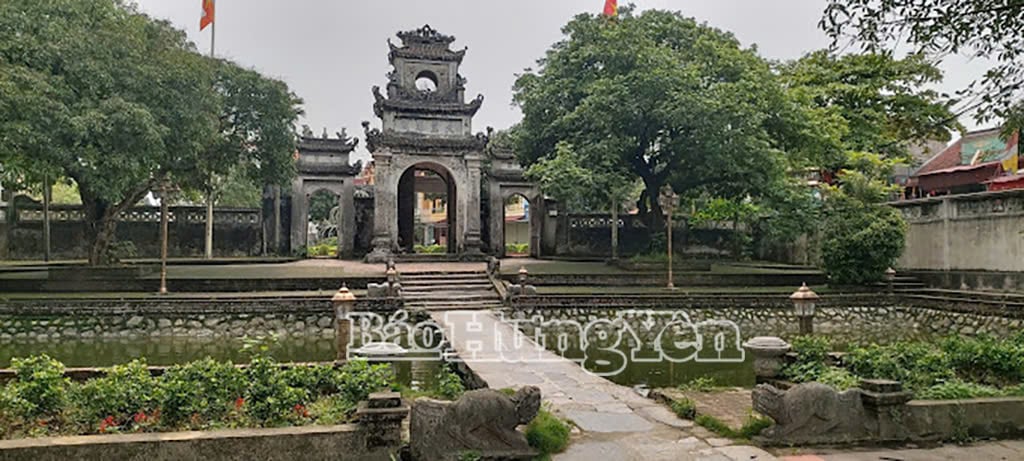
Currently, Chuong Pagoda still preserves many antiques and artifacts of great artistic and historical-cultural value, such as large inscriptions, parallel sentences, bronze bells, stone gongs, etc. Typical relics include the green stone bridge and stone incense tree (Thach Thien Dai) made in the 23rd year of Chinh Hoa (1702). Even more precious is the stone stele erected in the 7th year of Vinh Thinh (1711). The stele praises the pagoda as a place of heroic and sacred beauty and records the names of those who contributed to the pagoda's restoration during the prosperous Pho Hien period.
In particular, Chuong Pagoda is famous for its rich and unique system of Buddha statues such as: Eighteen Arhats, Ten Kings of Hell, and the Four Guardians and Eight Vajrapani. Each statue has a different shade and appearance, meticulously crafted by contemporary artisans, lively and flexible. These are priceless cultural heritages, a valuable source of historical data for researchers when studying the relics, landmarks and history of ancient Pho Hien.
The Bell Pagoda was ranked as a national "Architecture - Art" relic by the Ministry of Culture - Information and Sports on January 21, 1992 and is a typical relic in the Pho Hien relic site, which was ranked as a special national relic by the Prime Minister in 2014. On the full moon and new moon days or Buddha's Birthday, visitors from all over come here to worship Buddha, sightsee, and meditate. The Bell Pagoda was chosen as the place to enshrine the Buddha's relics - the National Treasure of India. This is an important religious event, contributing to the integration of Vietnamese Buddhism with international Buddhism, and at the same time affirming the policies of our Party and State in respecting and ensuring freedom of belief and religion.
Source: https://baohungyen.vn/ben-trong-ngoi-chua-co-o-hung-yen-duoc-ton-tri-xa-loi-phat-co-gi-dac-biet-3181400.html


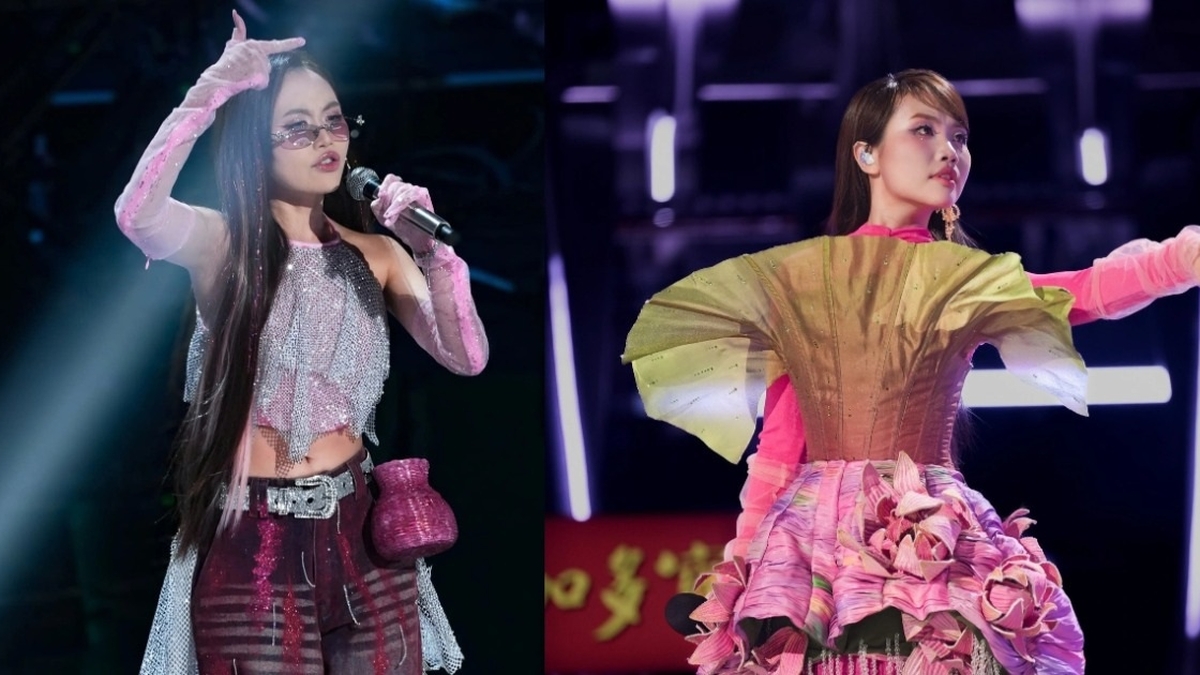
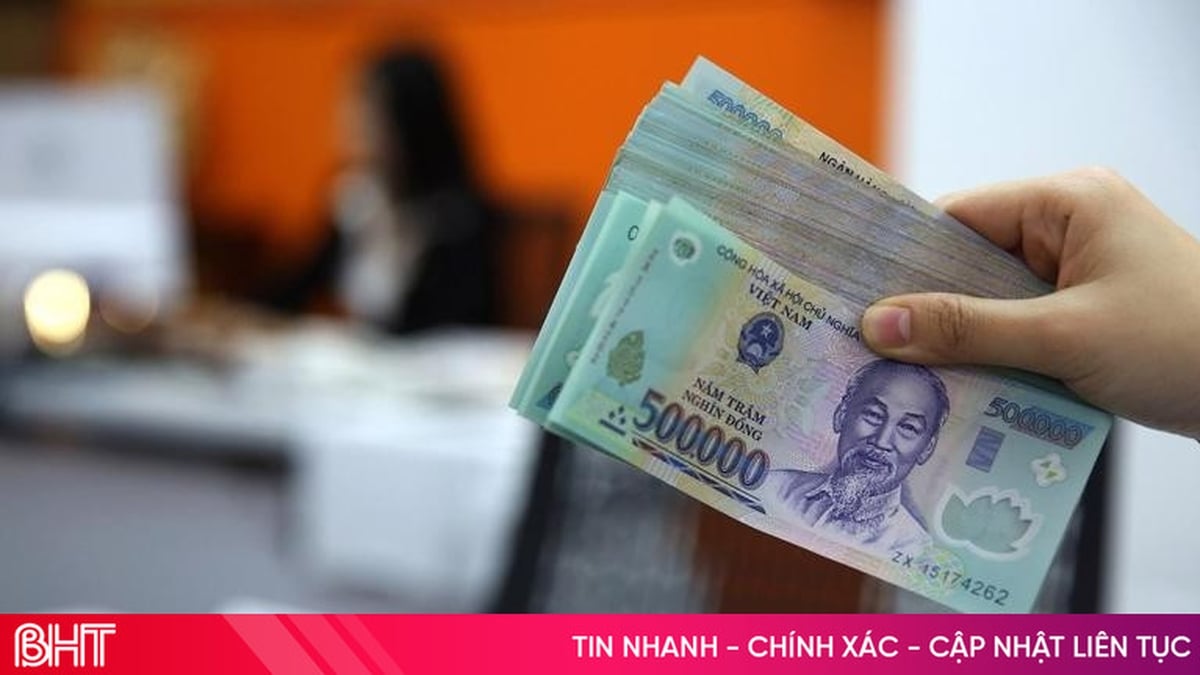



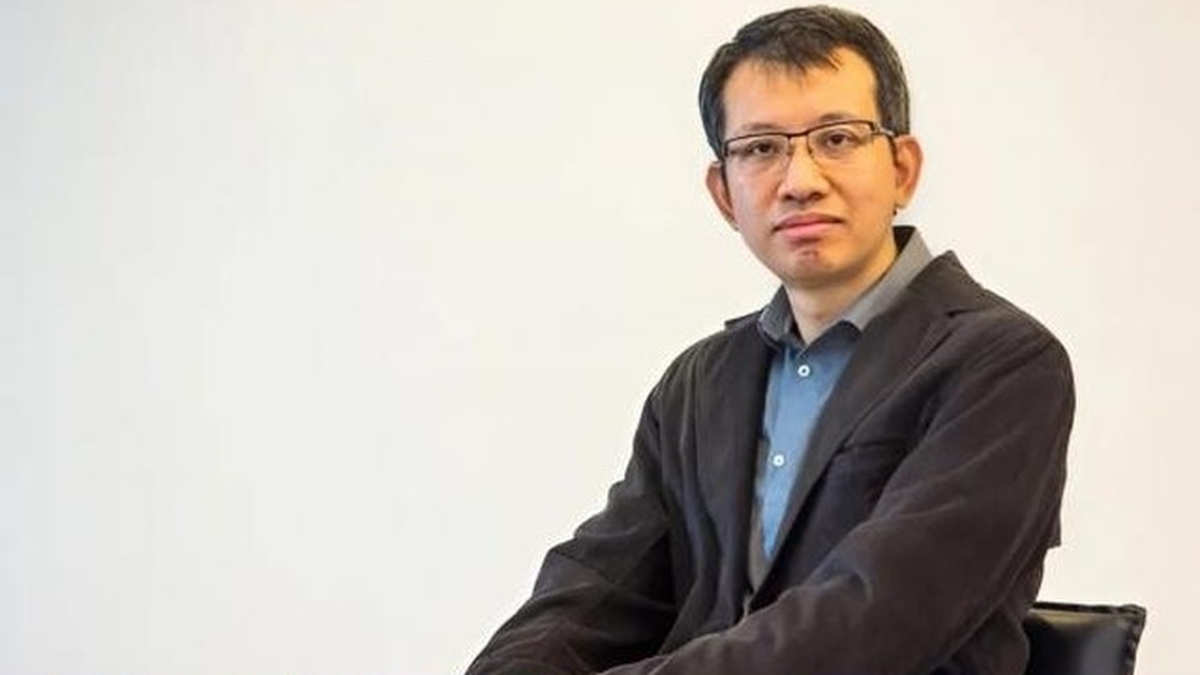
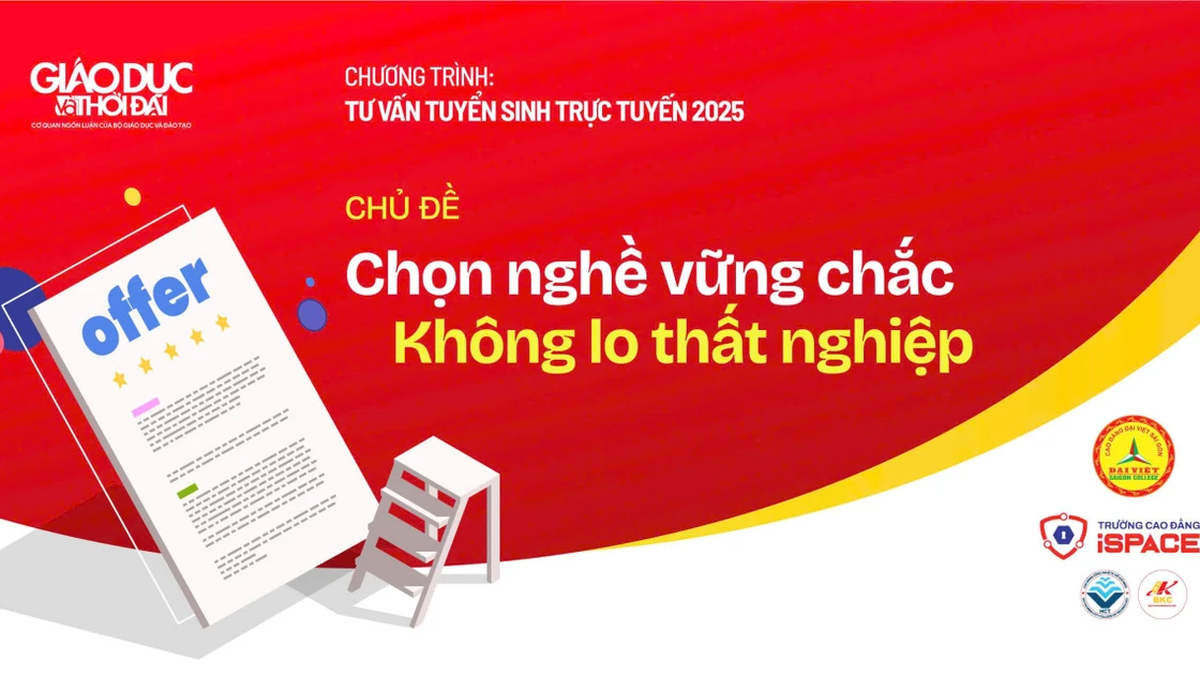
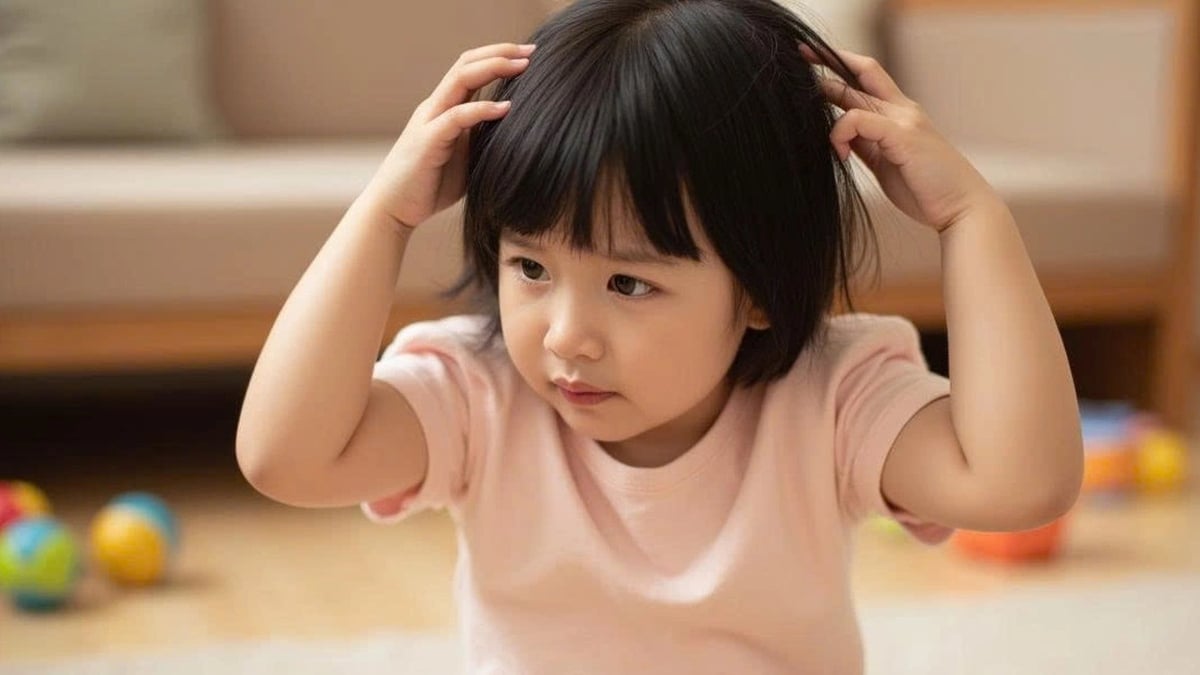
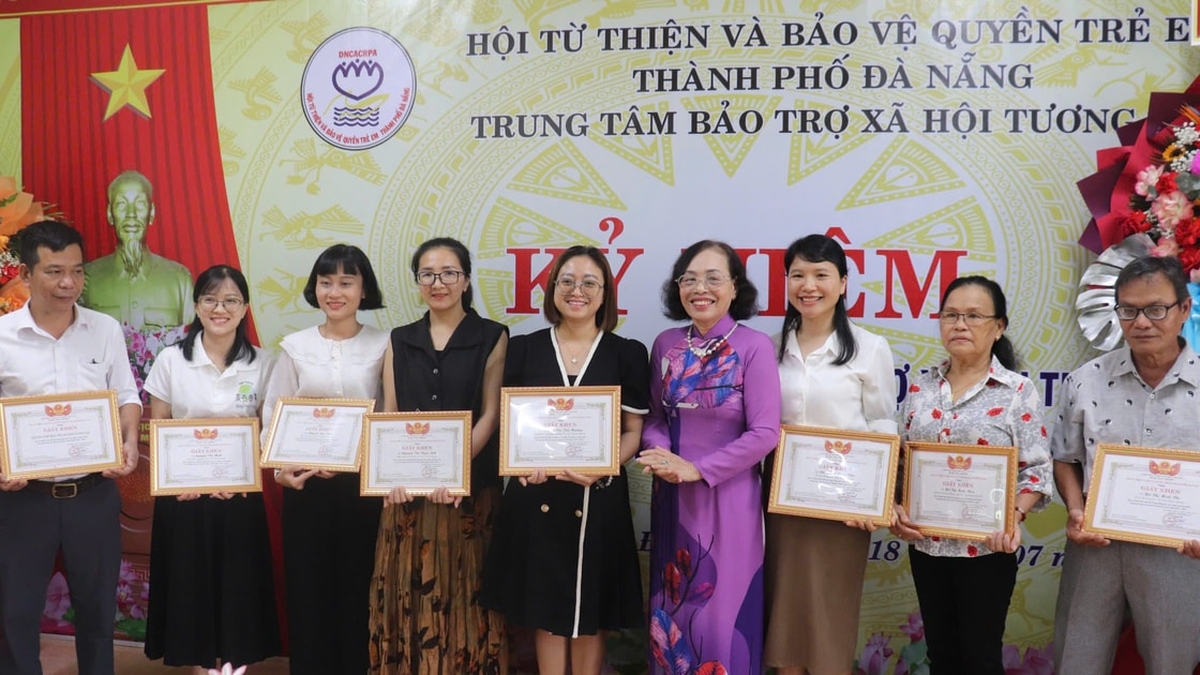
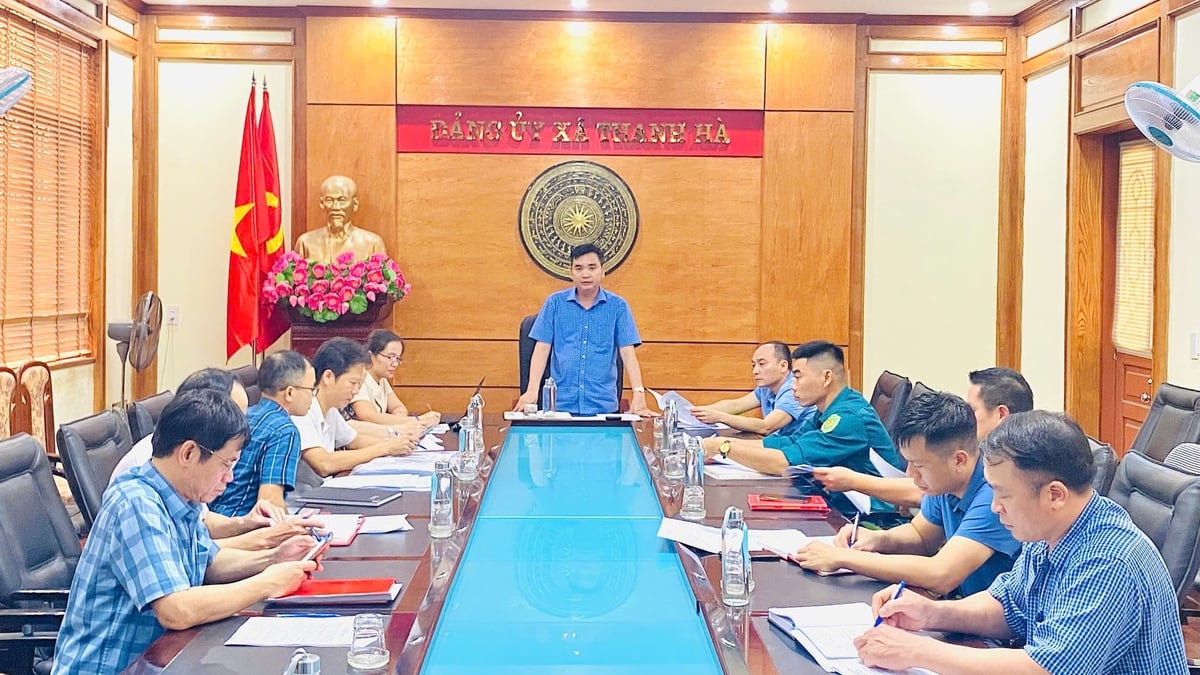

















![[Photo] National Assembly Chairman Tran Thanh Man visits Vietnamese Heroic Mother Ta Thi Tran](https://vphoto.vietnam.vn/thumb/1200x675/vietnam/resource/IMAGE/2025/7/20/765c0bd057dd44ad83ab89fe0255b783)


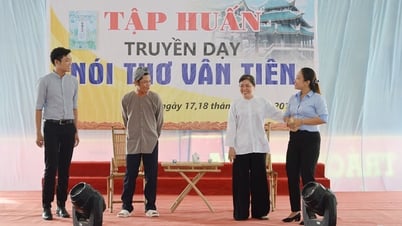

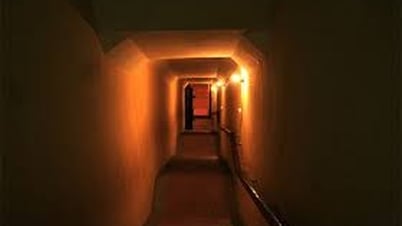

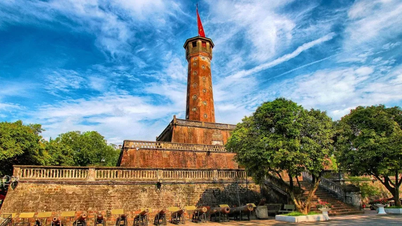
























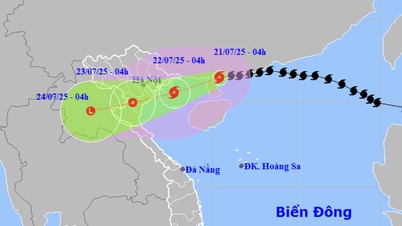




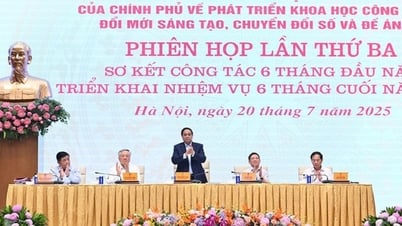

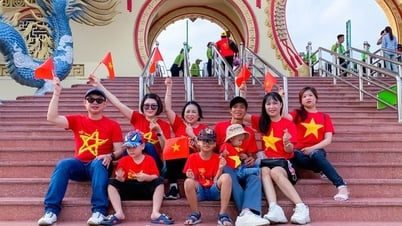

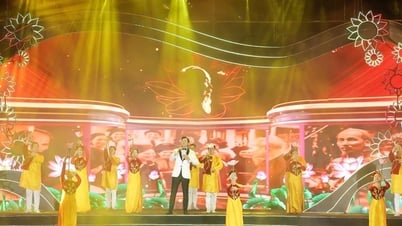
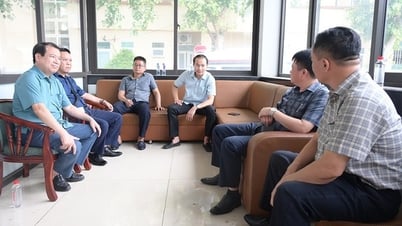


























Comment (0)